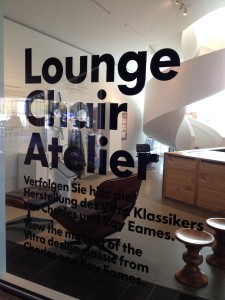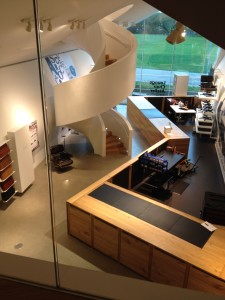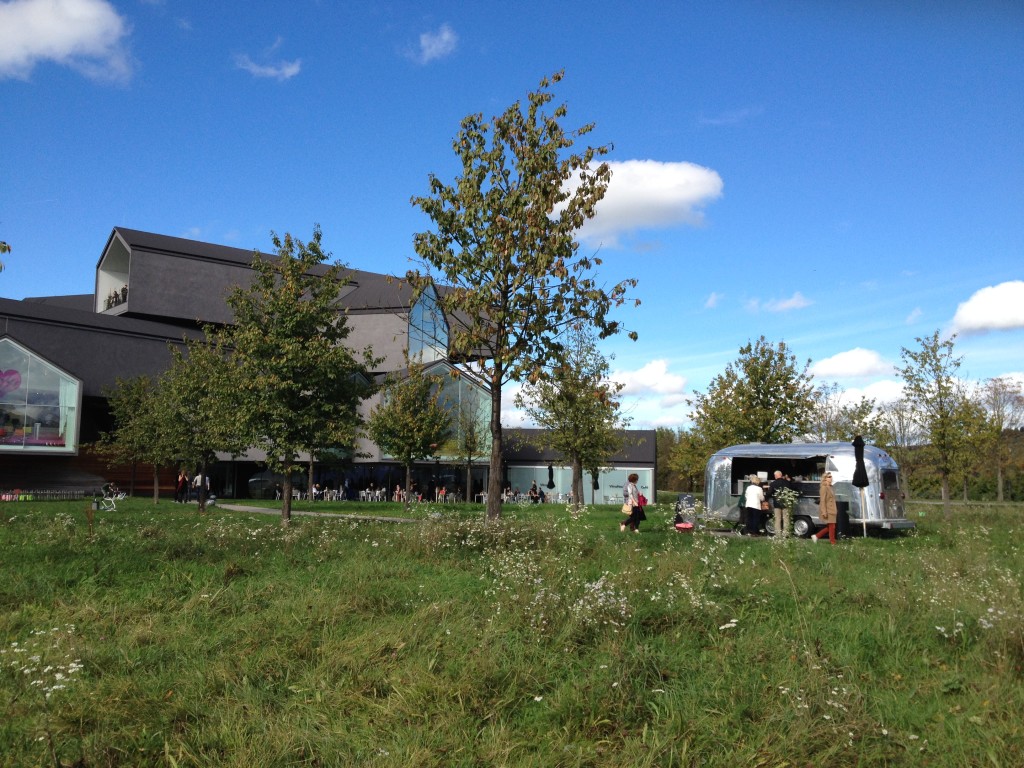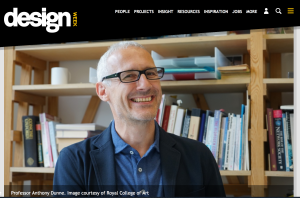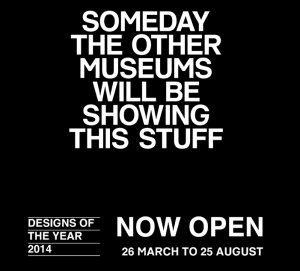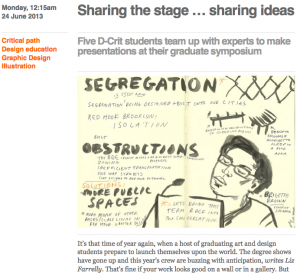As a contributor to Design Week in its print form, I worked with Lynda Relph-Knight and her editorial team for fifteen years; she was the first editor to commission me as when I became a freelancer writre in 1994. Until recently it was possible to search the entire DW print run, via its website, and find “full text” of years and years of design journalism, so I could access my back catalogue of articles including a regular column. Not only was this a useful research tool (with a search box), but it also functioned as a (stop-gap) personal archive too. However, a recent website redesign has adopted a sub-Instagram interface that displays just a handful of results, which can neither be saved nor downloaded, and, mysteriously, DW has cut years off its age!
Scrabbling around at home, I found “some” (but not all) tear sheets of articles and this particular one seemed relevant to share. In early 1999 I interviewed five curators who were producing design exhibitions, and we talked about their current shows. To foreground the curators’ voices I edited our conversations into monologues (the interviews were taped). Each curator also discussed the nascent field of design curating, which was evidently flourishing. Design was in the air during the build-up to the opening of the Millennium Dome (big party 31/12/99, cue Prince); the press was full of stories about architects and designers as controversy surrounded the various exhibits planned for the Dome. Stephen Bayley, ex-Design Museum Director, had been in charge but by the end of 1997 he was ex-Millennium Dome too; he resigned. See Chapter 6 on the Dome, in The Trojan Horse: The Growth of Commercial Sponsorship by Deborah Philips and Garry Whannel (Bloomsbury, 2013).
At the time the prospect of a “Millennium Bug” melting down our PCs was freaking people out but the world was still on the cusp of digital connectivity; the Internet was dial-up and mass adoption of websites by business and government was still to come. So this design-curating activity and these exhibitions remain under-documented online – just try searching for them. When I’ve found “traces” I’ve added links, but it appears that some of the exhibitions have nudged off “past projects” pages (if the curators have a website). I’ve also included links to information on individuals to show their subsequent career paths. The catalogue cover images are from my own copies.
“Display cases”
by Liz Farrelly
Design Week
26 March 1999, pp.41-48
Standfirst: Five curators describe, in their own words, their experiences and the highs and lows of managing and producing an exhibition. Liz Farrelly acts as custodian.
Continue reading →

